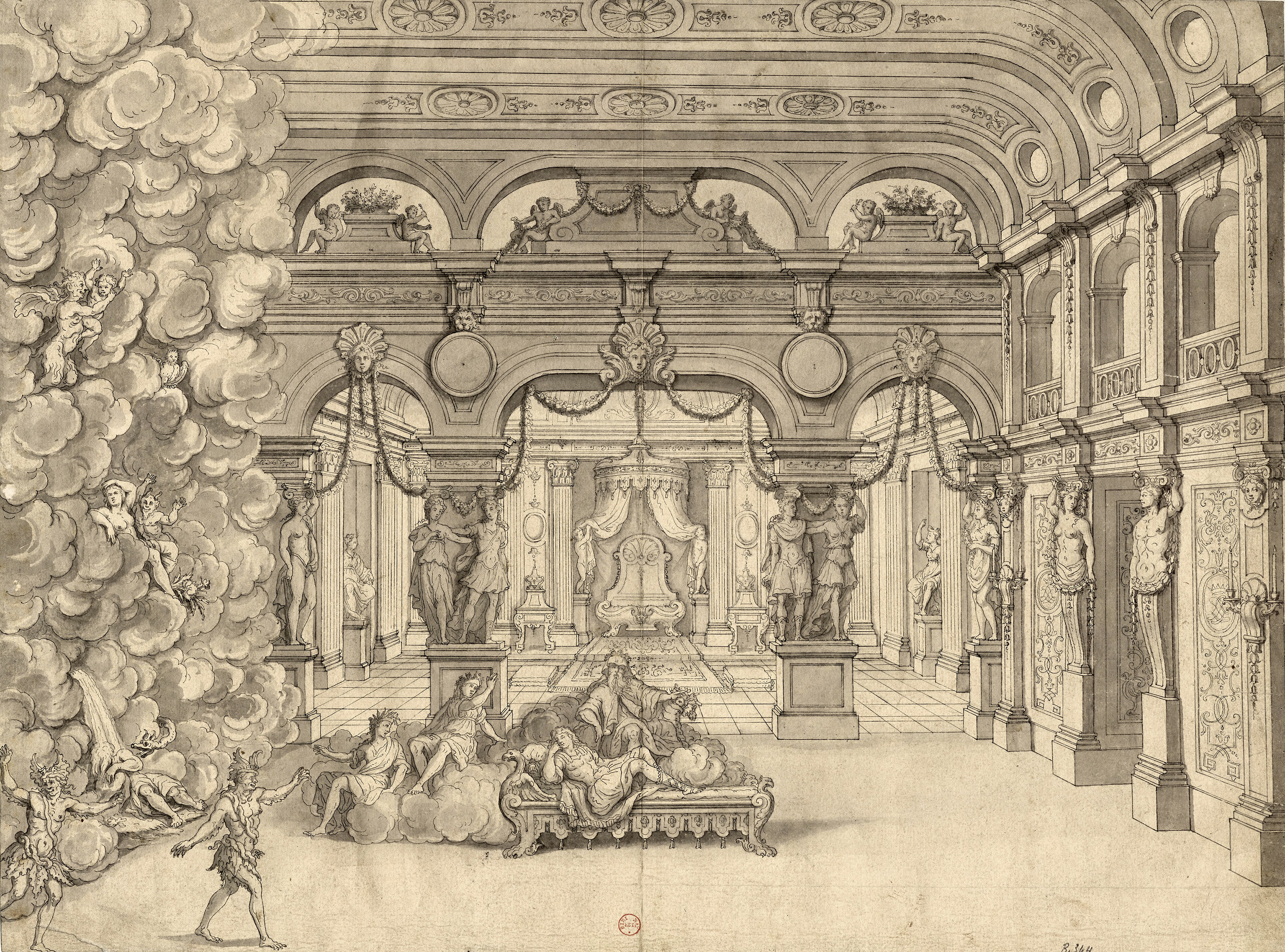Atys
Jean-Baptiste Lully
After Alceste, our exploration of Grand Siècle opera continues with Atys, and another cast well-versed in this repertoire.
Dates
Mathias Vidal | Atys
Véronique Gens | Cybèle
Gwendoline Blondeel | Sangaride
Tassis Christoyannis | Célénus
Hasnaa Bennani | Doris
Virginie Thomas | Flore / Une Divinité de fontaine
Eléonore Pancrazi | Melpomène / Mélisse
David Witczak | Le Temps / Un Songe funeste / Le Fleuve Sangar
Adrien Fournaison | Idas / Phobétor
Antonin Rondepierre | Un Zéphyr / Morphée / Un Grand Dieu de fleuve
Carlos Porto | Le Sommeil / Un Grand Dieu de fleuve
Marine Lafdal-Franc | Iris / Une Divinité de fontaine
François-Olivier Jean | Phantase
Alexis Kossenko | direction
Les Ambassadeurs~La Grande Ecurie
Les Pages et Les Chantres du Centre de musique baroque de Versailles | direction artistique Fabien Armengaud
About
After Alceste last month, we now have Atys, the other seminal work by Lully. Whereas Alceste had a happy ending, this is not the case for Atys, which is the first work in the lyrical tragedy genre to have a tragic ending. It was a great favourite of King Louis XIV, and he was particularly fond of the famous scene of the sleeping hero in Act III. Unlike Alceste, it was a hit not just with royalty but also with audiences, thus earning it the title “the King’s opera”. Quinault was particularly inspired in his libretto. For these themes of thwarted love, Lully wrote extremely seductive music where festive dances alternate with romantic lyricism in arias, trios and quartets punctuated with beautiful choruses. It is hard not to succumb to the charm of this score with its irresistibly beautiful tones and dazzling colours. To celebrate this masterpiece which is all too rarely performed in concert, Alexis Kossenko has surrounded himself with a team well versed in this repertoire, led by the pairing of Véronique Gens and Mathias Vidal.
Coproduction et partenariat Théâtre des Champs-Elysées | Les Ambassadeurs~La Grande Ecurie | Atelier Lyrique de Tourcoing | Centre de musique baroque de Versailles | Opéra d’Avignon
A l’occasion de la production d'Atys, le CMBV fait reconstruire des copies de hautbois historiques français par les facteurs Henri Gohin, Thierry Bertrand, Olivier Clémence et Alberto Ponchio, avec le partenariat scientifique de l’IreMus et grâce au financement apporté par Monsieur Romain Durand, Grand mécène du CMBV - instruments Durand Milanolo
Partition réalisée par Nicolas Sceaux pour le Centre de musique baroque de Versailles sous la supervision de Thomas Leconte, Nathalie Berton-Blivet, Fabien Guilloux.

